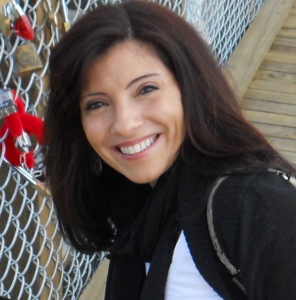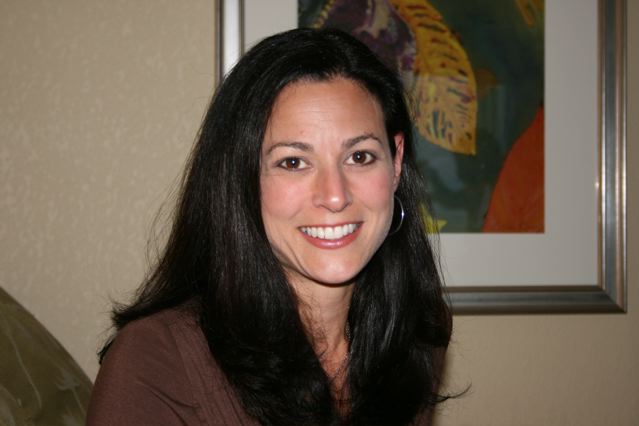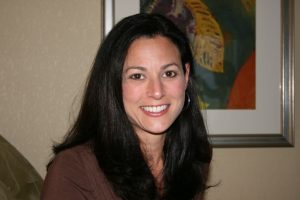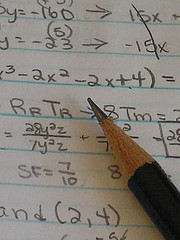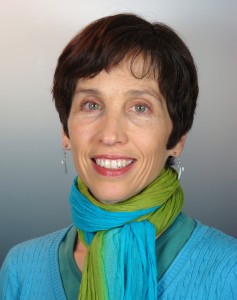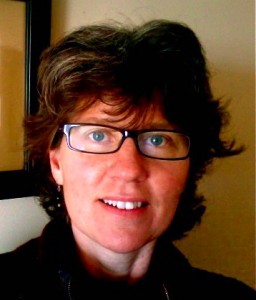It’s November, which means it’s time for me to start thinking about the upcoming holidays. I love to buy gifts, but I hate to shop. So I spend a lot of time thinking about what I want to buy and only a little bit of time in the shops that I love.
Like A. Dodson’s. Shopping at locally-owned stores is a priority of mine. I like supporting small businesses and keeping my money local. Plus, so many local shops have quirky, carefully-selected merchandise that appeals to me. It’s like Etsy offline.
So I’m so excited to have Alison Dodson Anderson, proprietor of A. Dodson’s in Suffolk, Virginia. She’s the head honcho over there and uses math to run the business–and make sure that picky shoppers like me see something they want to buy.
Can you explain what you do for a living?
I own an independent retail shop, A. Dodson’s. We sell an eclectic selection of clothing, home accentsand gifts.
When do you use basic math in your job?
I use math every. single. day! Although managing the creative aspects of A. Dodson’s feeds my soul, running the numbers and tracking our growth is something I am constantly doing. I use multiplication, percentages and basic business math to determine how much to price an item, how many items to order and to calculate my margins. There is a strategy behind every move we make and that strategy is created using math.
Do you use any technology to help with this math?
I do a lot in my head, but for data entry I rely on the computer to calculate margins not only on each product but within each department like accessories, gifts, apparel and home.
How do you think math helps you do your job better?
It helps me track what’s being sold, it helps me know my “open to buy” for next season, it helps me see my best sellers and know whether to buy 24 or 48 for next season.
It also helps my employees know what’s expected of them. Each day we review the numbers. We look at what the shop earned on that particular day for the last three years and then we establish a Goal and a Stretch for the day. The goal is generally a 10% increase over the year before and the Stretch is generally a 20% increase over the year before. At the end of each day, we post our numbers so we can see how we did. Additionally, each week we have a staff meeting to review our month-to-date and year-to-date performance. I believe everyone on staff, including the interns, should know exactly where we stand so they can feel empowered.
How comfortable with math do you feel?
I used to think I was a “math person,” but then I married a financial advisor. Compared to the math he can do so effortlessly, I don’t feel as much like a math person as I did. But I am completely comfortable with performing the kind of math that helps me run a successful business. Although creativity feeds my soul, math drives it!
What kind of math did you take in high school?
I took geometry, trigonometry, algebra and calculus. I was good at it, and I enjoyed learning it.
Did you have to learn new skills in order to do the math you use in your job?
My math foundation was earned at school, but I’ve learned how to use specific math skills to operate my business. For example, I may not have specifically learned in school that I must operate at XYZ margin in order to grow my business, but I learned in school the math required to calculate my margins.
If you are going to operate a retail business, you must know your numbers inside and out. You must always be running your numbers when you’re buying and when you’re selling. When I’m buying from a vendor, I’m looking at shipping costs and incentives because every little thing affects my margin and determines my resale, which ultimately determines A. Dodson’s success.
If you’re in the Hampton Roads area this weekend, be sure to stop by A. Dodson’s for their annual holiday open house. And if you have questions for Alison, ask them in the comments section!





